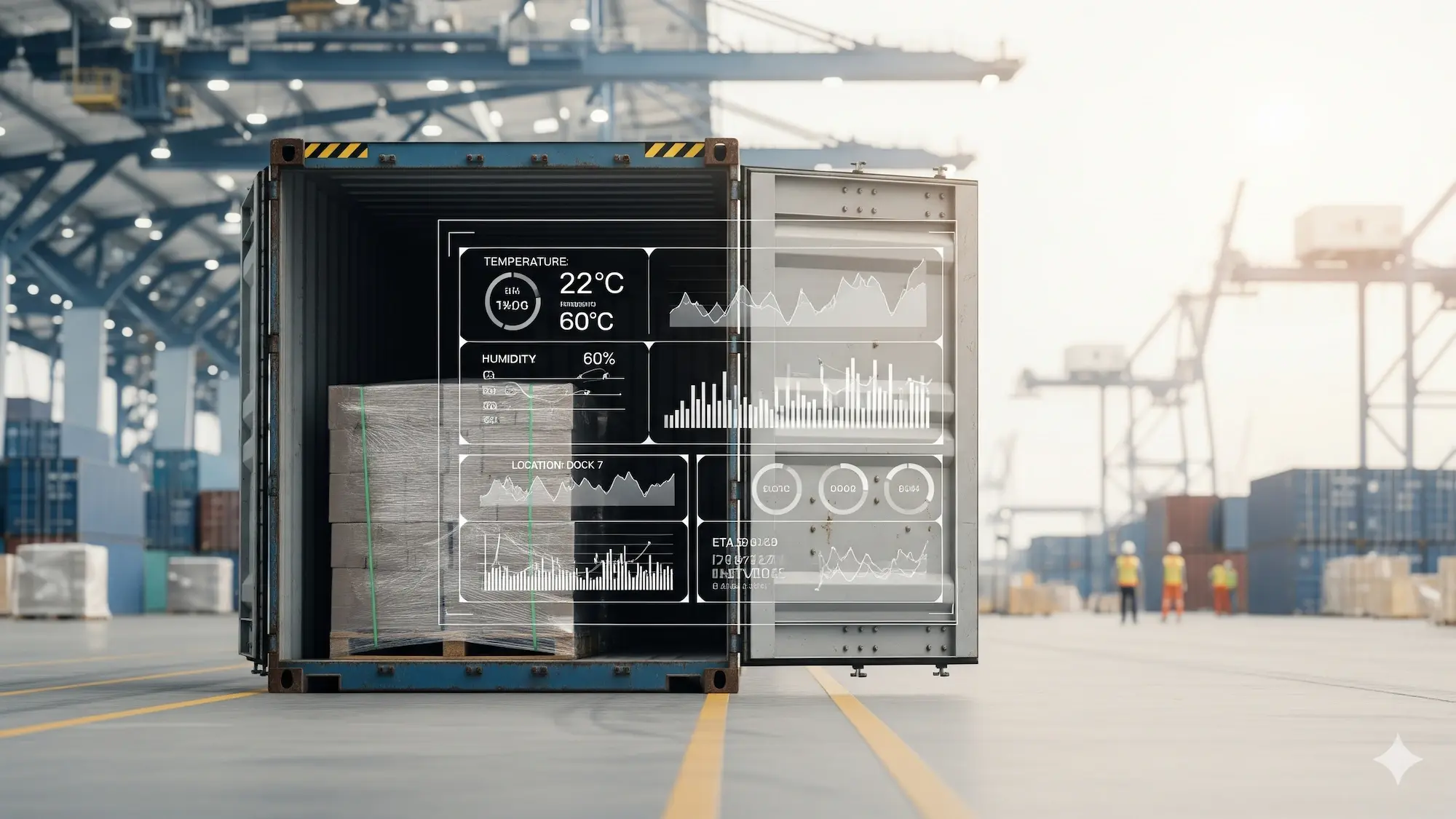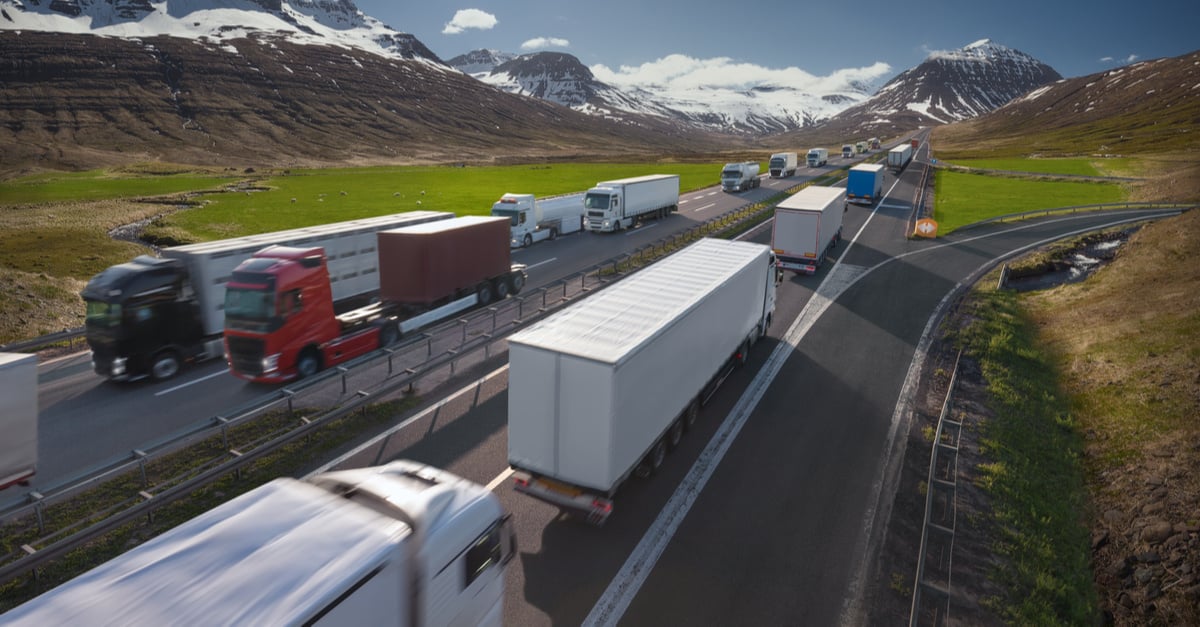
Have you ever looked at a shipping bill and felt confused? You are not alone. For small businesses, individual shippers, and even seasoned logistics managers, the world of Less-than-Container-Load (LCL) freight can seem intentionally confusing. It's a common pain point—you know you're shipping a small volume of goods, but the final cost feels more complex than a simple per-pound or per-kilogram charge.
The reason for this confusion is simple. LCL costs are not always based on the most obvious calculation, like weight. Unlike a full truckload, where you pay for the space and distance, LCL is all about sharing. And when you're sharing a valuable resource like a shipping container, the math has to be fair to everyone.
This guide will explain the process and give you a clear understanding of how LCL shipping costs are calculated. We'll explain the core formula and key terms and help you feel more confident about your next freight quote.
What is LCL Shipping? (And Why It's a Great Idea)
Before we get to the numbers, let's look at LCL. Imagine you need a ride across town. You don't need the whole car, so you use a rideshare service. You share the car with others and only pay for your own seat. LCL works the same way. You share a large container with other people's goods. You only pay for the space you use.
This approach has become essential to modern international trade, particularly for small to medium-sized businesses (SMBs) and e-commerce companies that can't fill a full 20-foot or 40-foot container. In fact,
The global LCL freight forwarding market is projected to expand from an estimated $200 billion in 2023 to $320 billion by 2032, reflecting a growth rate of 5.4% year-over-year.
This is a sign that businesses use this cost-saving method to expand their reach without paying a lot upfront. By understanding LCL, you're not just learning a calculation; you're gaining a view into a key trend shaping the future of global logistics, a topic we've explored in-depth in our look at freight forwarding.
The Main Rule: Is Your Box Heavy or Big?
This is the most essential part to remember. The cost of your LCL cargo is based on one main rule. The shipping company will charge you based on your goods' volume or their actual weight. They will use whichever number is bigger.
This is often called a "revenue ton," where a carrier compares the weight to the volume to determine the final charge. This method ensures that the carrier is paid for their vessel's space, whether filled with a large, lightweight item (like a pallet of foam) or a small, heavy container (like a box of steel parts). One will take up a lot of space, but not weigh a lot, while the other will be very heavy, but won't require much room.
Let's look at how to figure out each part.
1. How to Find Your Cargo's Volume (In Cubic Meters)
Volume is the amount of space your goods take up. For international shipping, we use cubic meters (m3).
To find your volume, you need to measure three things: Length (in meters) x Width (in meters) x Height (in meters) = Volume (m3)
Here is an example. Let's say you have a box that is:
-
Length: 1.5 meters
-
Width: 1.0 meters
-
Height: 1.2 meters
Your volume calculation is straightforward: 1.5×1.0×1.2=1.8 m3. This is the first number your shipping company will look at.
2. How to Find Your Cargo's Gross Weight (In Kilograms)
This one is more straightforward. The gross weight is the total weight of your cargo, including all of its packaging, pallets, and any other materials. For international shipments, this is typically measured in kilograms (kg).
Let's use the same box. Let's say it weighs 1,500 kg.
The Showdown: Volume vs. Weight (The Density Ratio)
Now for the final and most important step. To determine the "chargeable weight," or "revenue ton," carriers use a standard density ratio to compare the volume and the weight. For sea freight, the industry standard is typically 1 cubic meter (m3) equals 1,000 kilograms (kg).
Using this rule, let's find the "volume weight" of our box:
-
Our box volume is 1.8 m3.
-
So, its volume weight is 1.8 m3×1,000 kg=1,800 kg.
Now, let's compare the two weights we have:
-
Actual Weight: 1,500 kg
-
Volume Weight: 1,800 kg
The volume weight (1,800 kg) is bigger than the actual weight (1,500 kg). So, the shipping company will charge you based on 1,800 kg. This is the chargeable weight for your shipment.
This step can be tricky. It is a key reason why a good freight forwarder is so helpful. They know all the rules and can get you the right price. We have written before about what a freight forwarder is and why you need one in our article "Beyond the Broker." This is the kind of expert help they provide.
What Other Fees Will You See?
Your bill will include more than just the cost for weight or volume. A good freight quote should consist of a breakdown of all the fees. Knowing about these extra charges will help you avoid unwelcome surprises.
-
Terminal Handling Charges (THC): These are fees charged by the port terminals for the handling and moving your cargo at both the origin and destination ports.
-
Documentation Fees: Costs associated with processing the necessary paperwork, such as the Bill of Lading, which is a receipt and contract for the goods being shipped.
-
Customs Clearance Fees: This is the cost of a licensed customs broker's services to prepare and submit the required import/export documents on your behalf.
-
Security and Surcharges: Depending on the route and current market conditions, you may see various surcharges, such as a fuel surcharge (BAF) or a port congestion fee.
-
Inland Transportation: Costs for moving your cargo from the warehouse to the origin port and from the destination port to its final destination.
Don't Go It Alone
Learning how to calculate these costs is a great start. But the best way to ship your goods is to work with an expert. It saves you time and stress. The shipping world is constantly changing. New rules and trends pop up all the time. We discussed how to handle these changes in our article on future-proofing your freight forwarding business.
At Customodal, we don't just provide logistics services; we provide clear answers and expertise. We can handle all the calculations, manage the paperwork, and ensure your shipment moves smoothly from start to finish. Our team takes the guesswork out of LCL shipping so you can focus on what matters most: growing your business.
Ready for a simple, clear quote? Contact us today. Let us show you how easy international shipping can be when you have the right partner.





